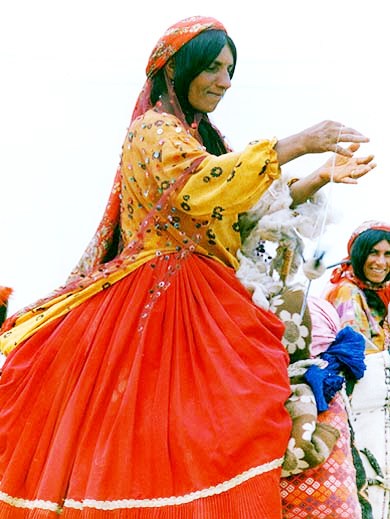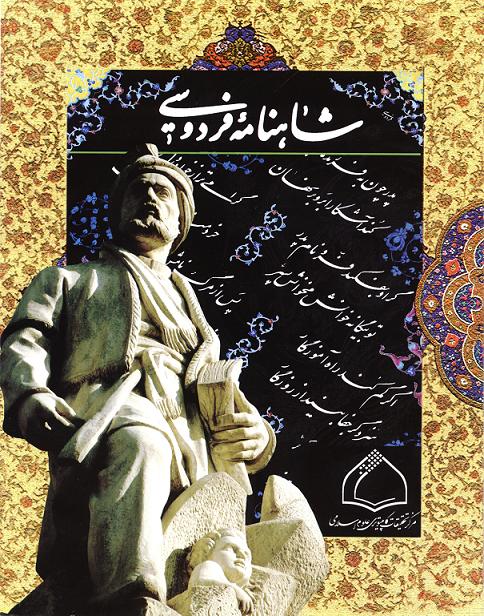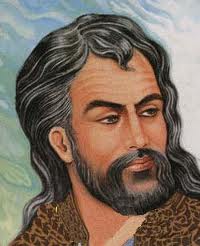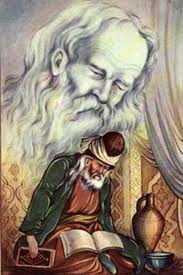International Cyrus Day
 Author: Mason Balouchian
Author: Mason Balouchian
October 29th has been named Cyrus Day. The Charter of Human Rights or Cyrus Cylinder, a tablet from baked clay, was issued by Cyrus, the founder of Achamnid Dynasty in 538 BC. The first half of this tablet was inscribed by Babylonian chroniclers and the last half, in Akkadian cuneiform (new Babylonian inscription) recorded the speech and orders of Cyrus The Great when he conquered Babylon. The cylinder was discovered during the excavations in 1879 at Esagila temple (Marduk Temple) in the ancient city of Babylon and is kept in British Museum in London. This Charter indicates the true Persians’ level of tolerance and capacity with respect to free thinking philosophy and human rights.
In this inscription, Cyrus says, “I announce that every person is free to choose the religion they prefer, worship as they wish, reside wherever they please, and choose the profession and job they like provided they do not violate the right of other citizens.










 Attar Neishaboori is one of the most famous Persian poets and sages. He was born in Neishaboor in 1146 AD. His masterpiece is The Conference of the Birds with fantastic lyrical stories including a beautiful romantic poem titled Sheik San-on. There is a story about his recognition of gnosticism. One day, a spiritual traveler (dervish) went to his store and asked for charity and when he refused, the man asked him, “How are you going to die?”
Attar Neishaboori is one of the most famous Persian poets and sages. He was born in Neishaboor in 1146 AD. His masterpiece is The Conference of the Birds with fantastic lyrical stories including a beautiful romantic poem titled Sheik San-on. There is a story about his recognition of gnosticism. One day, a spiritual traveler (dervish) went to his store and asked for charity and when he refused, the man asked him, “How are you going to die?”






 northern hemisphere. It begins from twilight on the final day of autumn (about Nov. the 20th) to the daybreak of the following day (the first day of winter). Traditionally, the Persians stay up all night and party with family and friends. During this festival, they eat rich food, and fruits left from summer and fall such as pomegranate, watermelon, melon, and nuts and celebrate until daybreak.
northern hemisphere. It begins from twilight on the final day of autumn (about Nov. the 20th) to the daybreak of the following day (the first day of winter). Traditionally, the Persians stay up all night and party with family and friends. During this festival, they eat rich food, and fruits left from summer and fall such as pomegranate, watermelon, melon, and nuts and celebrate until daybreak.